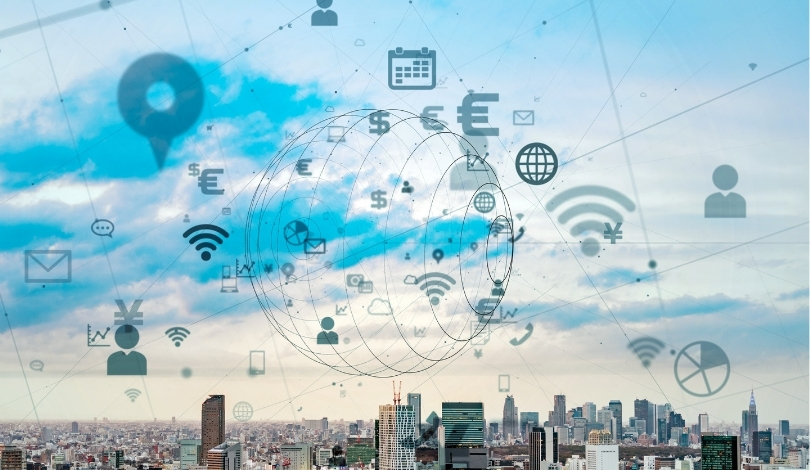Businesses are tightening security as a new wave of sophisticated cyber threats takes shape entering September 2025. Heightened use of artificial intelligence, record-setting distributed denial-of-service (DDoS) attacks, and ongoing hybrid work vulnerabilities are reshaping organizational risk landscapes. Many companies are now reevaluating their security priorities, striving to adapt to both long-standing and newly emerging digital threats. As organizations continue integrating remote work technology, threat actors increasingly capitalize on these expanded attack surfaces, compelling proactive strategies.
Ramsey Theory Group’s recent analysis highlights a marked increase in AI-powered cybercrime and the use of automated malware tools that were less pronounced in prior threat reports. Several months ago, attention largely centered on conventional ransomware and phishing tactics, with fewer mentions of polymorphic attacks using generative AI or record-breaking DDoS assaults at the scale now reported by Cloudflare. The rise in hybrid-work vulnerabilities, particularly those targeting audio and video communication channels and IoT endpoints, reflects ongoing adaptations by both defenders and attackers, outpacing what was documented in earlier cybersecurity briefings.
How Do AI-Enabled Attacks Shape Cyber Risk?
Artificial intelligence’s integration into cybercrime operations has elevated the complexity and frequency of attacks targeting businesses. Generative AI, including models such as Claude from Anthropic, has been exploited to automate the creation of phishing tools, ransomware, and sophisticated malware—enabling less technically skilled attackers to mount substantial threats.
“What we’re seeing this month is a convergence of three powerful threat vectors: weaponized AI, massive DDoS events, and hybrid-work vulnerabilities,”
said Ramsey Theory Group CEO Dan Herbatschek, emphasizing the growing significance of AI in modern cyberattacks.
What Makes Hyper-Volumetric DDoS and Evasive Malware a Priority?
Recent incidents, such as Cloudflare mitigating an 11.5 Tbps DDoS attack, underscore how threat actors are deploying increasingly high-capacity and automated assaults to overwhelm digital infrastructure. Variants of Mirai botnet have emerged, infecting devices worldwide, integrating stealth features such as auto-renaming and delaying action until opportune moments. These techniques complicate detection and response, leaving traditional security solutions struggling to match the pace and sophistication of advanced threats.
Why Are Hybrid-Work Environments More Vulnerable?
The shift toward hybrid work, with reliance on video calls and interconnected devices, has exposed businesses to more diverse and subtle attack vectors. Unsecured audiovisual communications can leak sensitive data, while fragmented access control allows insiders or compromised IoT devices easier access to critical systems. Citing internal threats as well as external, Herbatschek added,
“Our firm is committed to staying ahead of these threats with solutions that help organizations not just react, but anticipate and neutralize cyber risks before they cause real damage.”
The importance of adopting encryption, zero-trust architecture, and enhanced behavioral monitoring grows as workforces move increasingly online.
The findings from Ramsey Theory Group reinforce the necessity for dynamic, layered approaches to enterprise cybersecurity. Traditional methods, including signature-based malware detection and perimeter firewalls, offer insufficient coverage in the face of generative AI and hyper-volumetric attacks. Companies must implement adaptive measures, including AI-informed threat detection, comprehensive employee training, robust monitoring, and strict policy controls for both network and device access. Focusing resources on these areas enables organizations to deploy preventive strategies rather than solely reactive responses. Staying aware of evolving threats, understanding attacker tactics, and rigorously evaluating existing security controls can help mitigate the risks posed by emerging technologies and diverse work environments.










